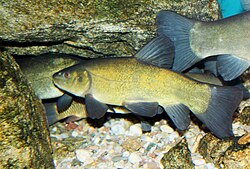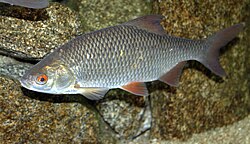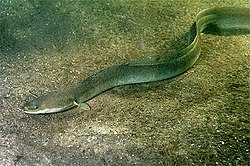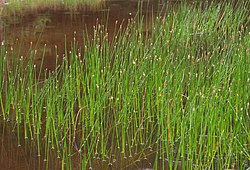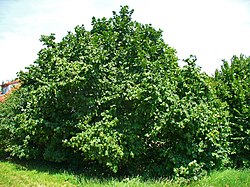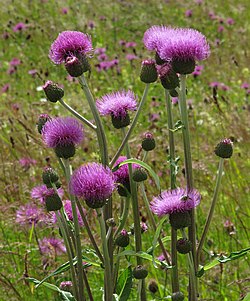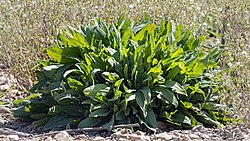Top Qs
Timeline
Chat
Perspective
Cromer Forest Bed
Geological formation in Norfolk, England From Wikipedia, the free encyclopedia
Remove ads
The Cromer Forest-bed Formation, sometimes known as the Cromer Forest Bed, is a Pleistocene aged geological formation in Norfolk, England. It consists of river gravels, estuary and floodplain sediments predominantly silt, sand, and muds as well as peat along the coast of northern Norfolk.[1] The formation records a number of glacial cycles, with deposition occurring in both relatively cold environments during glacial periods,[2] as well during interglacial periods when the area had a temperate climate.[3] The Cromer Forest Bed itself varies in age from about 2 to 0.5 million years ago, from the Early Pleistocene to early Middle Pleistocene,[4] though the most fossiliferous strata, such as the West Runton Freshwater Bed date to towards the end of deposition during the early Middle Pleistocene. The fossiliferous West Runton Freshwater Bed is the type locality for the Cromerian Stage of the early Middle Pleistocene between 0.8 and 0.5 million years ago.[5] Some fossils from the Cromer Forest Bed likely come from Early Pleistocene layers, though many finds are found out of stratigraphic context.[6]
It is about 6 metres (20 ft) thick[1] and is exposed in cliff section near the village of West Runton.
Remove ads
Paleontology and paleoanthropology
Summarize
Perspective
For over a century this formation, named after the local town of Cromer, has been famous for its assemblage of fossil mammal remains, containing the diverse remains of numerous taxa.[7][8][5][9]
The West Runton Mammoth, a largely complete skeleton of the steppe mammoth (Mammuthus trogontherii) is one of the most best preserved finds found in the West Runton Freshwater Bed.[10] The oldest human footprints outside Africa, the Happisburgh footprints as well as handaxes and bison bones with cut marks were also found in layers considered to belong to this deposit near Happisburgh, dated to around 1 million to 780,000 years ago.[4]
Mammals
Carnivorans
Ungulates
Proboscidea
Eulipotyphla
Primates
Bats
Glires
Birds
A variety of birds are known from the Cromer Forest Bed.[15]
Amphibians
Reptiles
Fish
Insects
A variety of beetles are known from the Cromer Forest Bed, including the West Runton Freshwater Bed, representing a temperate climate,[18] and from Sidestrand, representing a cold glacial climate.[2]
Flora
Pollen and macrofossils from the West Runton Freshwater Bed indicates the presence of a variety of plants at the time of deposition, representing a forest and wetland environment with a temperate climate near to the North Sea coast.[3]
Remove ads
See also
References
Further reading
External links
Wikiwand - on
Seamless Wikipedia browsing. On steroids.
Remove ads














































